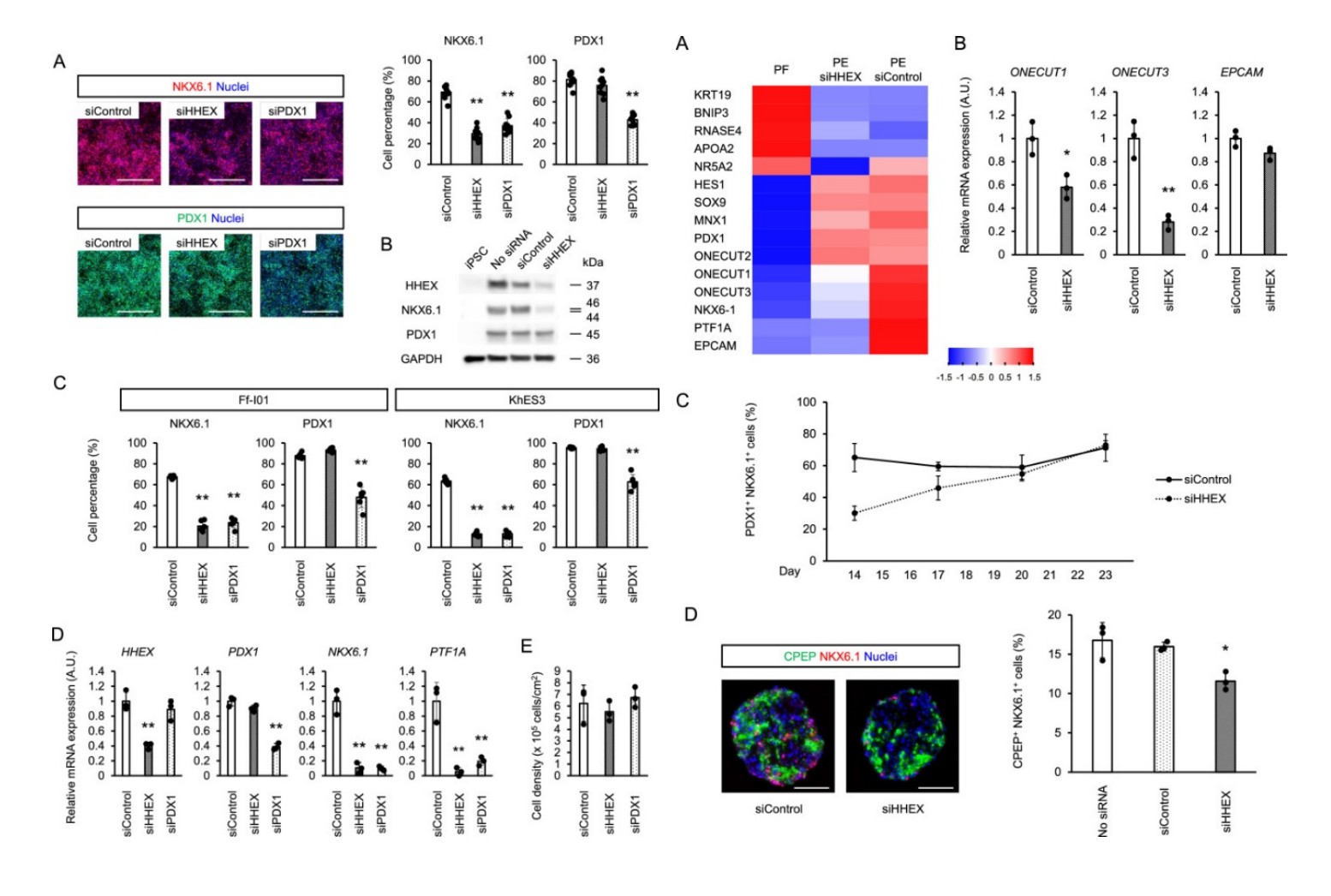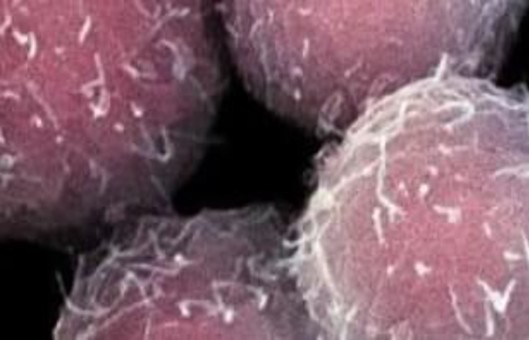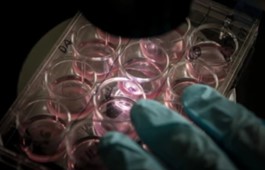Roles of HHEX in Pancreatic Endoderm Differentiation
Scientific Reports. 2023 May 29; 13 (1): 8659.
Authors: Ito R, Kimura A, Hirose Y, Hatano Y, Mima A, Mae SI, Keidai Y, Nakamura T, Fujikura J, Nishi Y, Ohta A, Toyoda T, Inagaki N, Osafune K.
INTRODUCTION
Since pluripotent stem cells (PSCs), such as embryonic stem cells (ESCs) and induced pluripotent stem cells (iPSCs), have infinite proliferative and pluripotent differentiation potential, they are expected sources of pancreatic β cells for regenerative medicine. Recently, in vitro differentiation methods from human PSCs to pancreatic β cells have substantially advanced. However, detailed elucidation of the differentiation mechanism is required to achieve higher differentiation efficiency.
METHODS
- Differentiation of iPSCs and ESCs. iPSCs/ESCs were directed to differentiate into pancreatic lineage cells. The media used are RPMI 1640 medium, Improved MEM (IMEM) medium, and others.
- siRNA transfection and screening. Cells were transfected 1 day after seeding on Stage 3 day 2 and differentiated for an additional 4 days. siRNAs were added to the transfection reagent in the RNA transfection kit and incubated for 10 min at room temperature. The transfection mixture was then added to the cells at a final siRNA concentration of 7.5 nM. The transfection efficiency was determined using a fluorescent control, which was transfected into the cells the same way as the siRNA.
- Immunofluorescence staining. Cells were washed with PBS twice, fixed with 4% PFA/PBS for 20 min at 4°C, and blocked in PBS with 5% donkey serum and 0.4% Triton X-100 (blocking solution) for 30 min at room temperature. The following primary antibodies were diluted in a blocking solution and incubated overnight at 4°C. After washing with PBS, the cells were incubated with the following fluorescent secondary antibodies for 1 h at room temperature.
- Overexpression. 585A1 cells were transfected with a pCXLE-gw episomal expression vector encoding HHEX (pCXLE-HHEX) or eGFP (pCXLE-eGFP) as a control. 1 × 106 cells were suspended in 100 μL Opti-MEM, and plasmids were introduced into the cells by electroporation.
- Browse our recommendations
Creative Bioarray provides professional products and services, including but not limited to the following.
| Product/Service Types | Description |
| iPSC Differentiation | Creative Bioarray has developed protocols for iPSC differentiation to various lineage-committed cell types thereby expanding the scope of your research, drug discovery, or screening projects. |
| Immunohistochemistry (IHC), Immunofluorescence (IF) Service | By providing high-quality immunohistochemistry (IHC) and immunofluorescence (IF) services to customers for many years, Creative Bioarray will give you comprehensive service in regular and customized IHC and IF services. |
RESULTS
- To identify the regulators of NKX6.1 expression in human pancreatic endoderm, we established a screening system using siRNA-mediated gene knockdown. Cell re-seeding was performed on Stage 3 Day 2 (Day 9), which is the differentiation stage of the posterior foregut. The next day (day 10), siRNA transfection was performed when changing to Stage 4 medium.
- We defined genes with an NKX6.1+ relative score greater than 1 as a hit. Consequently, 29 hit genes were identified by the primary screening. The secondary screening was performed using these 29 hit genes in the same manner as the primary screening, narrowing down the hits to nine genes, among which two genes (GATA4 and GATA6) were previously reported as regulators of PDX1 expression and therefore excluded. Finally, HHEX was extracted as a candidate.
- We further verified HHEX knockdown in pancreatic endoderm. However, HHEX knockdown, like PDX1 knockdown, did not affect the total cell number. Therefore, we concluded that HHEX regulates NKX6.1+ pancreatic endoderm cell differentiation and not proliferation. HHEX is essential for the differentiation of mature pancreatic endoderm cells that express NKX6.1, PTF1A, ONECUT1, and ONECUT3 and show the differentiation potential into β cells, but not for pancreatic lineage commitment itself.
 Fig. 1 Left: The effects of HHEX knockdown on pancreatic endoderm cells; Right: HHEX knockdown results in defective pancreatic endoderm generation.
Fig. 1 Left: The effects of HHEX knockdown on pancreatic endoderm cells; Right: HHEX knockdown results in defective pancreatic endoderm generation.
SUMMARY
Unbiasedly screening a siRNA knockdown library, we identified a candidate transcription factor, HHEX. HHEX knockdown suppressed the expression of another pancreatic endoderm marker gene, PTF1A, as well as NKX6.1, independently of PDX1, a known regulator of NKX6.1 expression. In contrast, the overexpression of HHEX upregulated the expressions of NKX6.1 and PTF1A. RNA-seq analysis showed decreased expressions of several genes related to pancreatic development, such as NKX6.1, PTF1A, ONECUT1, and ONECUT3, in HHEX knockdown pancreatic endoderm. These results suggest that HHEX plays a key role in pancreatic endoderm differentiation.
RELATED PRODUCTS & SERVICES
Reference
- Ito R, et al. (2023). "Elucidation of HHEX in pancreatic endoderm differentiation using a human iPSC differentiation model." Sci Rep. 13 (1), 8659.

